By - Reviewed . Published Jan 19, 2023.
One of the main challenges when following a recipe is measurement conversions. Some recipes give us measurements in volume; others give us units of weight, so how many ounces in a cup? There is not always a simple answer.
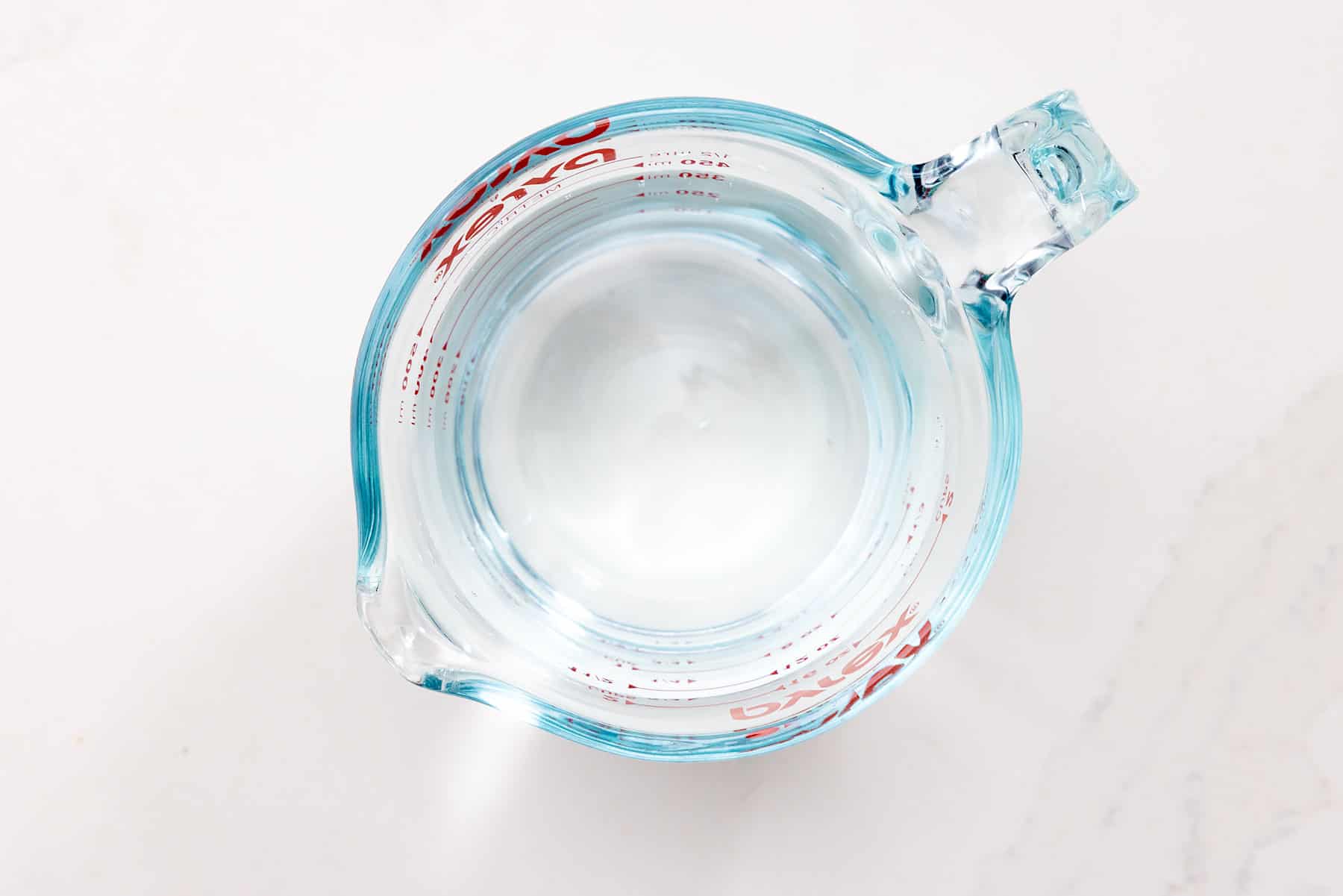
What is an ounce?
An ounce is a unit of mass that equals 28.34 grams; this weight comes from dividing the pound (454 g) by 16 parts. The ounces belong to the American Imperial System and British Metric System, and its abbreviation is oz.
One fluid ounce is a measure of volume and is equivalent to 29.57 ml. for the American system used in the United States. There is 8 fl. oz in a cup of liquid. 1 UK fluid ounce is equal to 28.413 milliliters.
See two handy conversion tables right below, and a lot of useful information further down.
Liquid ounces to cups equivalency table
Here’s a table of conversions for fluid ounces.
| Cup of liquid | Fluid ounces | Tablespoon | Teaspoon |
|---|---|---|---|
| 1 | 8 | 16 | 48 |
| ¾ | 6 | 12 | 36 |
| ½ | 4 | 8 | 24 |
| ⅓ | 2.66 | 5 + a teaspoon | 16 |
| ¼ | 2 | 4 | 12 |
| ⅛ | 1 | 2 | 6 |
Common ingredients table
Here’s a table of conversions for the most common ingredients.
| Ingredient | Measure | Ounces | Grams |
|---|---|---|---|
| Bread Crumbs | ¼ Cup | 1 | 28 |
| Butter | ½ Cup | 4 | 113 |
| Cheese, Parmesan | ½ Cup | 1 ¾ | 50 |
| Cheese, Soft (Mozzarella, Cheddar, Swiss, Gouda) | 1 Cup | 4 | 113 |
| Chocolate Chips | 1 Cup | 6 | 170 |
| Cocoa | ½ Cup | 1 ½ | 42 |
| Cornmeal | 1 Cup | 4 ⅞ | 138 |
| Cornstarch | ¼ Cup | 1 | 28 |
| Cream Cheese | 1 Cup | 8 | 227 |
| Egg White | 1 Large | 1 ¼ | 35 |
| Egg Yolk | 1 Large | ½ | 14 |
| Egg, Whole | 1 Large | 1 ¾ | 50 |
| Flour, All Purpose | 1 Cup | 4 ¼ | 120 |
| Flour, Almond | 1 Cup | 3 ⅜ | 96 |
| Flour, Bread | 1 Cup | 4 ¼ | 120 |
| Flour, Rice | 1 Cup | 4 ½ | 128 |
| Flour, Whole Wheat | 1 Cup | 4 | 113 |
| Honey | 1 tablespoon | ¾ | 21 |
| Jam | ¼ Cup | 3 | 85 |
| Lime Juice | 1 Cup | 8 | 227 |
| Mashed Potatoes | 1 Cup | 7 ½ | 213 |
| Milk, Condensed | ¼ Cup | 2 ¾ | 78 |
| Milk, Evaporated | ½ Cup | 4 | 113 |
| Milk, Whole | 1 Cup | 8 | 227 |
| Molasses | ¼ Cup | 3 | 85 |
| Rice | ½ Cup | 3 ½ | 99 |
| Sugar, Brown | 1 Cup | 7 ½ | 213 |
| Sugar, Powdered | 2 Cups | 8 | 227 |
| Sugar, Granulated White | 1 Cup | 7 | 198 |
| Vegetable Oil | 1 Cup | 7 | 198 |
| Water | 1 Cup | 8 | 227 |
Not all measures are the same
We must consider what we are measuring, whether they are dry or liquid ingredients, to use the appropriate tools in each case.
The recipe success consists of following instructions carefully, so this becomes even more crucial if the recipe is for baking because one gram can make a big difference in the result.
There is a big difference between a fluid ounce and a regular ounce; it is not the same in cups. For example, 4 ounces of water is not the same as 4 ounces of grated cheese because one occupies more volume than the other. In this case, we have ½ cup of water vs. 1 cup of cheese.
If you are measuring flour, the type of flour will vary the number of ounces in a cup of flour. 1 cup of whole wheat flour will weigh less than a cup of all-purpose flour.
Different measuring systems
There are different measuring systems depending on the country your recipe is from. Most of the world uses the metric system, places like Canada, Australia, and the UK, while the United States uses its own that's based on the old British imperial system.
Liquid cups are different in these systems. The US cup = 8 fl oz, while the UK cup =10 fl oz (this is the same as the metric cup).
In some parts of the world, a mixture of imperial and metric systems are used, and sometimes local measurements.
This is why it is so important to read the recipe carefully, check which system the author was using, and gauge your progress using other indicators such as texture or colors.
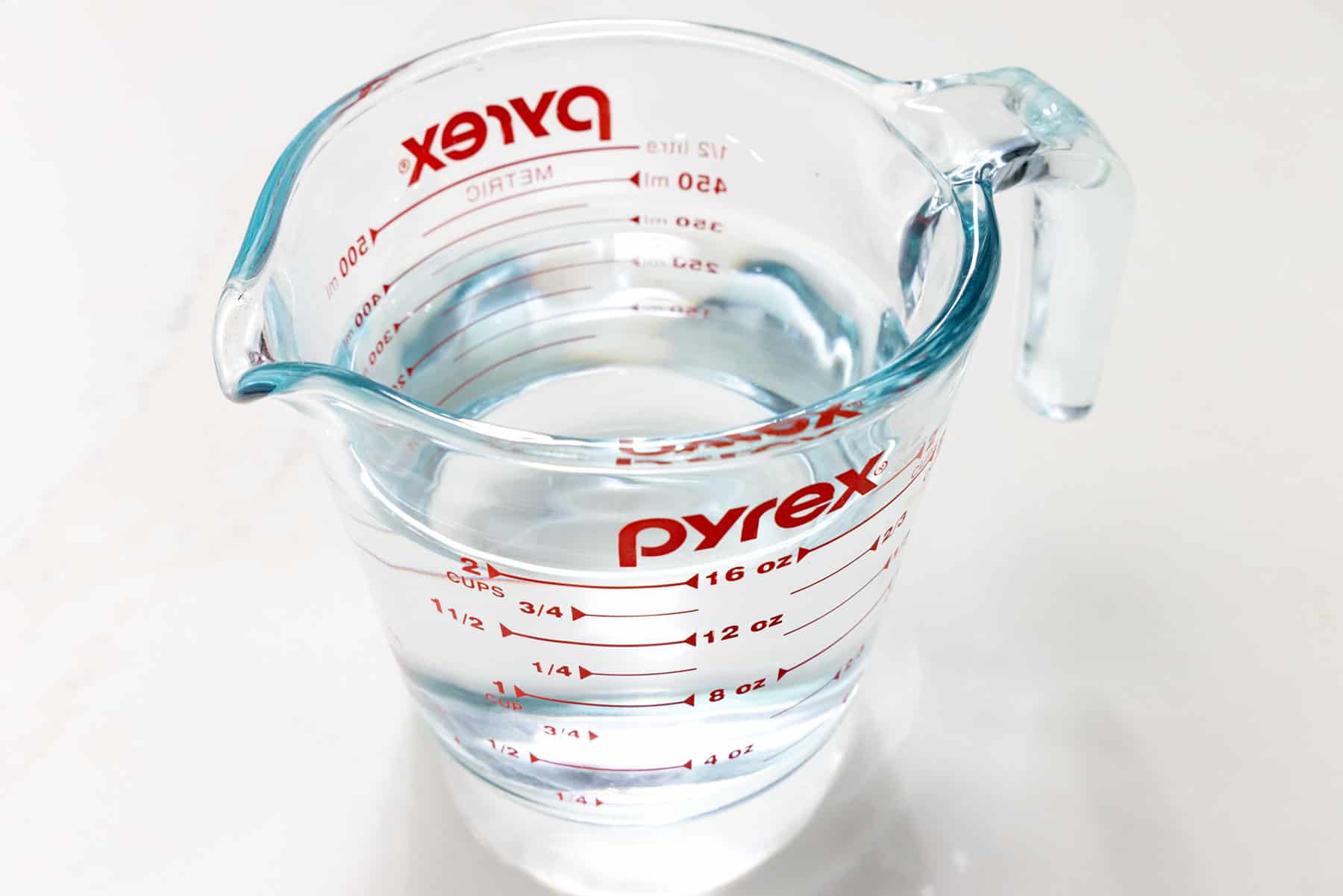
Liquid Conversion Dry Conversion
If the recipe calls for the use of a scale, it is best to use it because it is the most accurate method, especially when it comes to
standardizing recipes and ensuring consistency. That way, our dish will come out the same every time.
If you do not have access to a scale, equivalence tables, specialized websites, or mobile applications are helpful tools to have at hand.
Liquid measurements
How many ounces is a cup?
For liquid measurements, 1 cup equals 8 fl oz. To convert the cups to ounces, multiply the number of ounces by 8. For example, 2 cups are equal to 2 x 8 = 16 fl oz
How many cups are in an ounce?
To convert cups to ounces, divide the number of ounces by 8. For example, 4 fl oz is equal to 4 / 8 = 0.5 = ½ Cup.
Dry vs. Wet ingredients
Before converting an ounce to its cup equivalent, it is essential to know what type of ingredient we are measuring and if we are using liquid or dry measurements.
Dry ingredients, such as flour or sugar, are measured by their weight which can be grams, ounces, or pounds. To measure them correctly in a volumetric way, that is, in cups, it is necessary to use a dry measuring cup, those that do not have a nozzle or graduation measurements on the sides.
These cups allow you to pass a butter knife at the flat edge, leveling the excess of the measured ingredient and achieving greater consistency. Liquid ingredients, such as water or milk, are measured with liquid measuring cups with measurement markers on the sides. They are filled until the liquid reaches the mark, seeing it at eye level.
How many dry ounces are in a cup?
To convert dry ingredients, we have to use the help of an equivalence table because each ingredient has its own density, and there is no standard conversion as they exist for liquid ingredients. For this reason, using cups and volume measurements isn't as precise as using a kitchen scale.
I highly recommend investing in one, especially if you are a baker or if you want to standardize your recipes.
How do you measure dry ingredients?
To measure ingredients like flour, note if the recipe calls for it to be sifted. Unsifted powdered ingredients will occupy more volume than sifted ones. Don't take the flour with the cup directly from the container; instead, use a spoon to fill the cup and then level it with the help of a knife.
When measuring sugar, chocolate chips, or raisins, look if the recipe calls for it to be packed, which means you pressed the ingredient as tightly as you could into the measuring cup.
Want to save this recipe?
Enter your email & I'll send it to your inbox. Plus, get great recipes from me every week!
By , published Jan 19, 2023 on Tia Clara


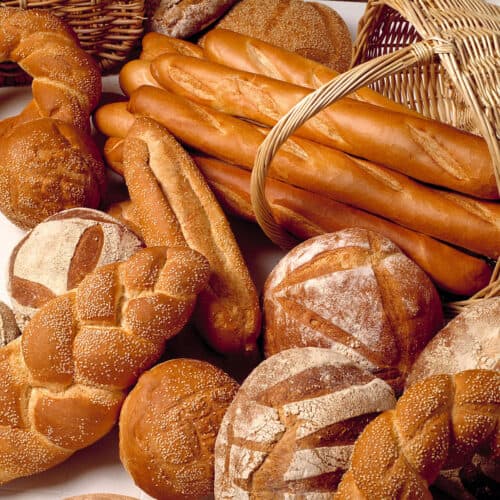
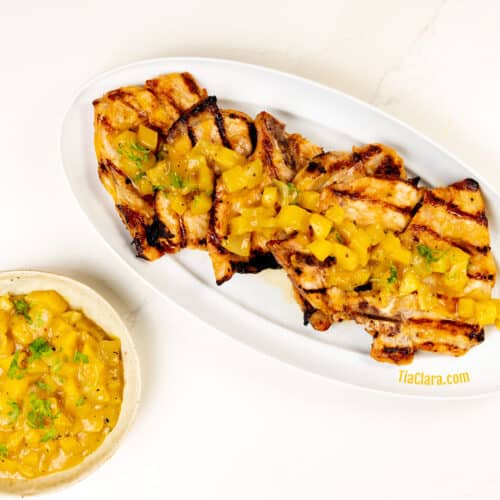
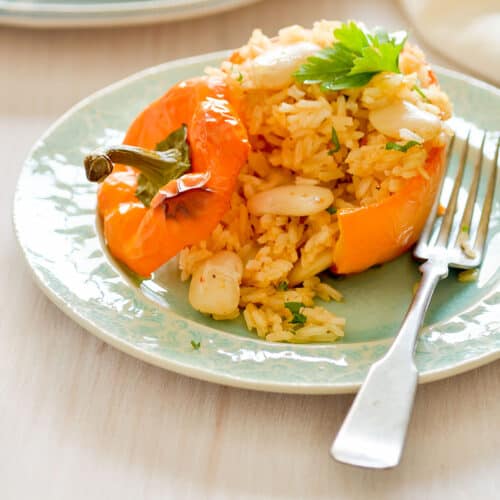
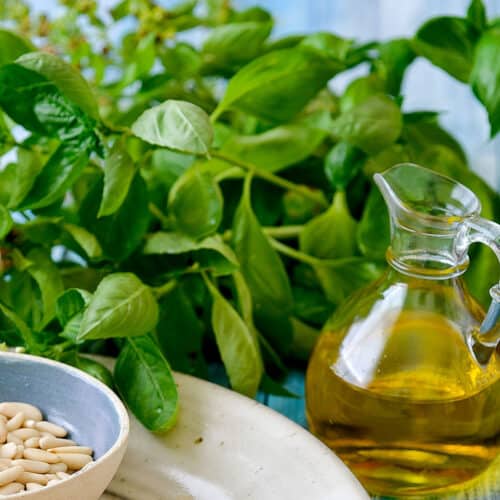
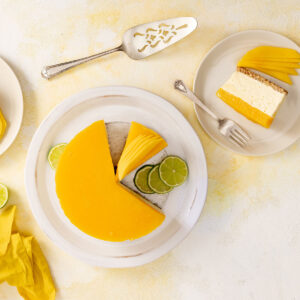
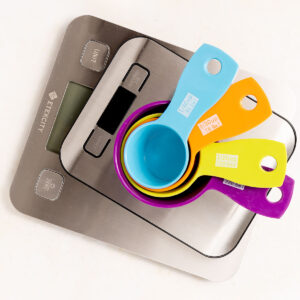

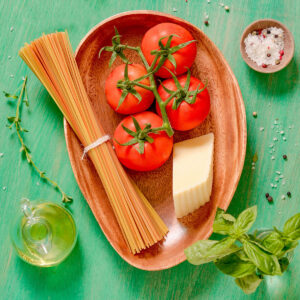
Comments
No Comments